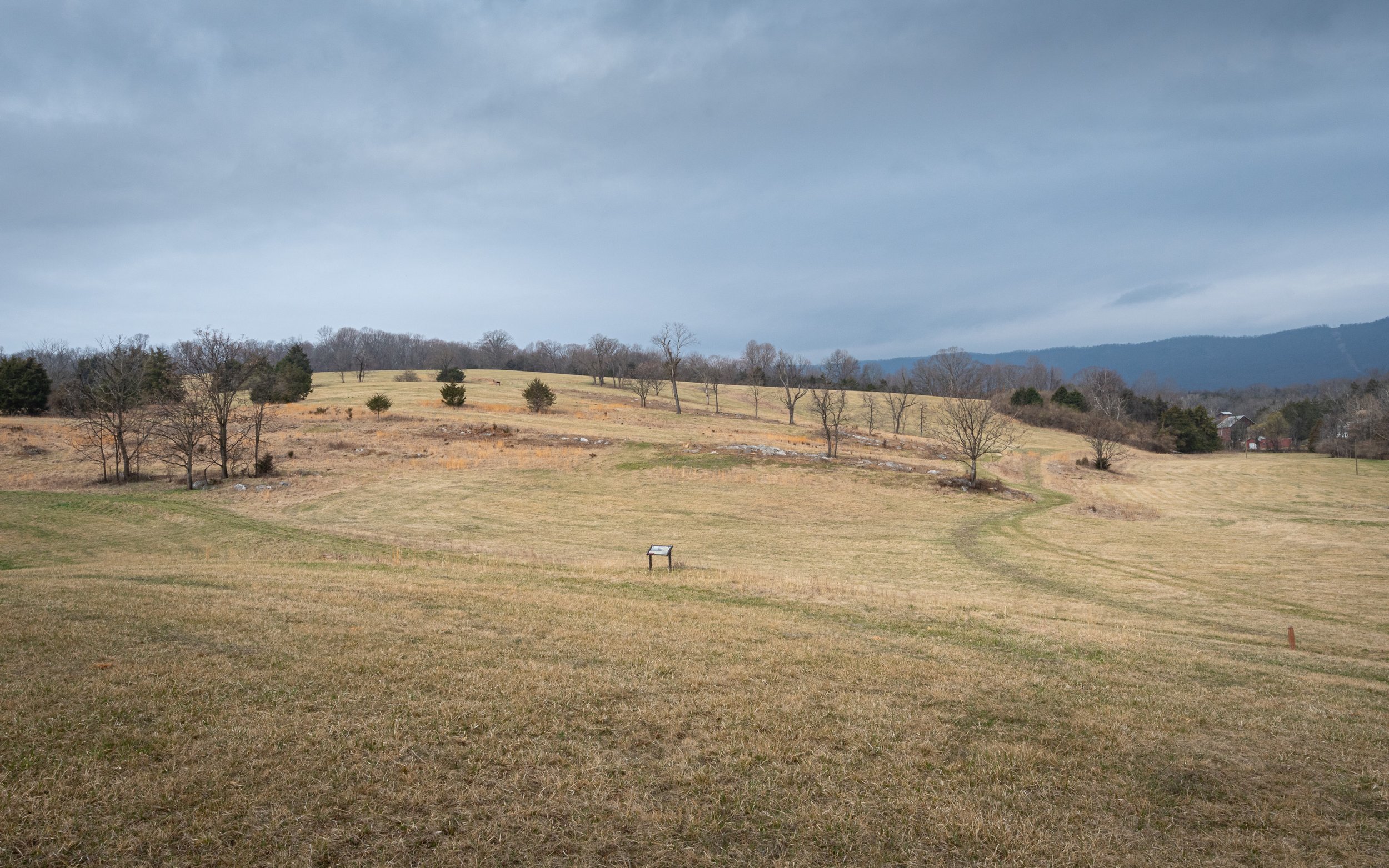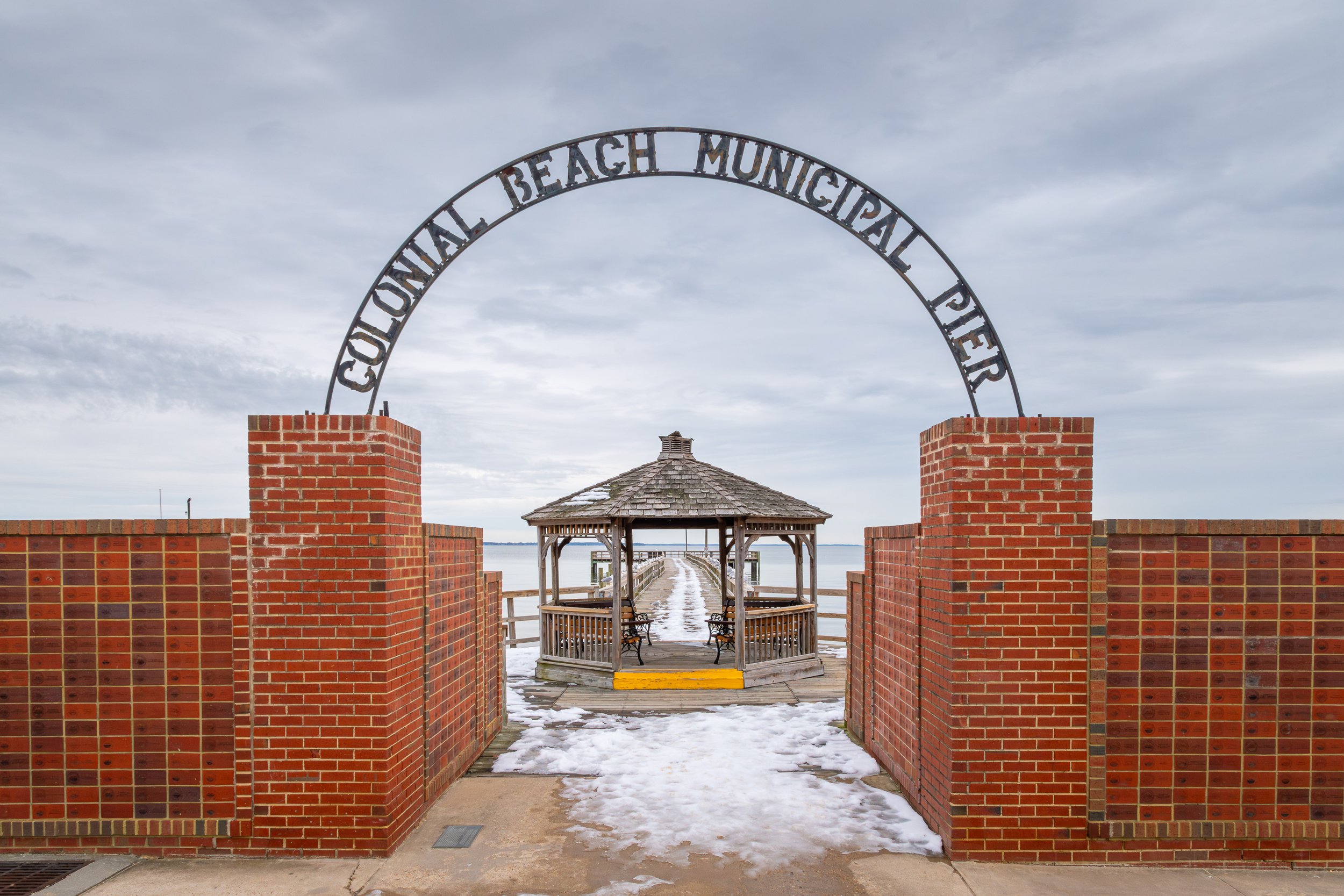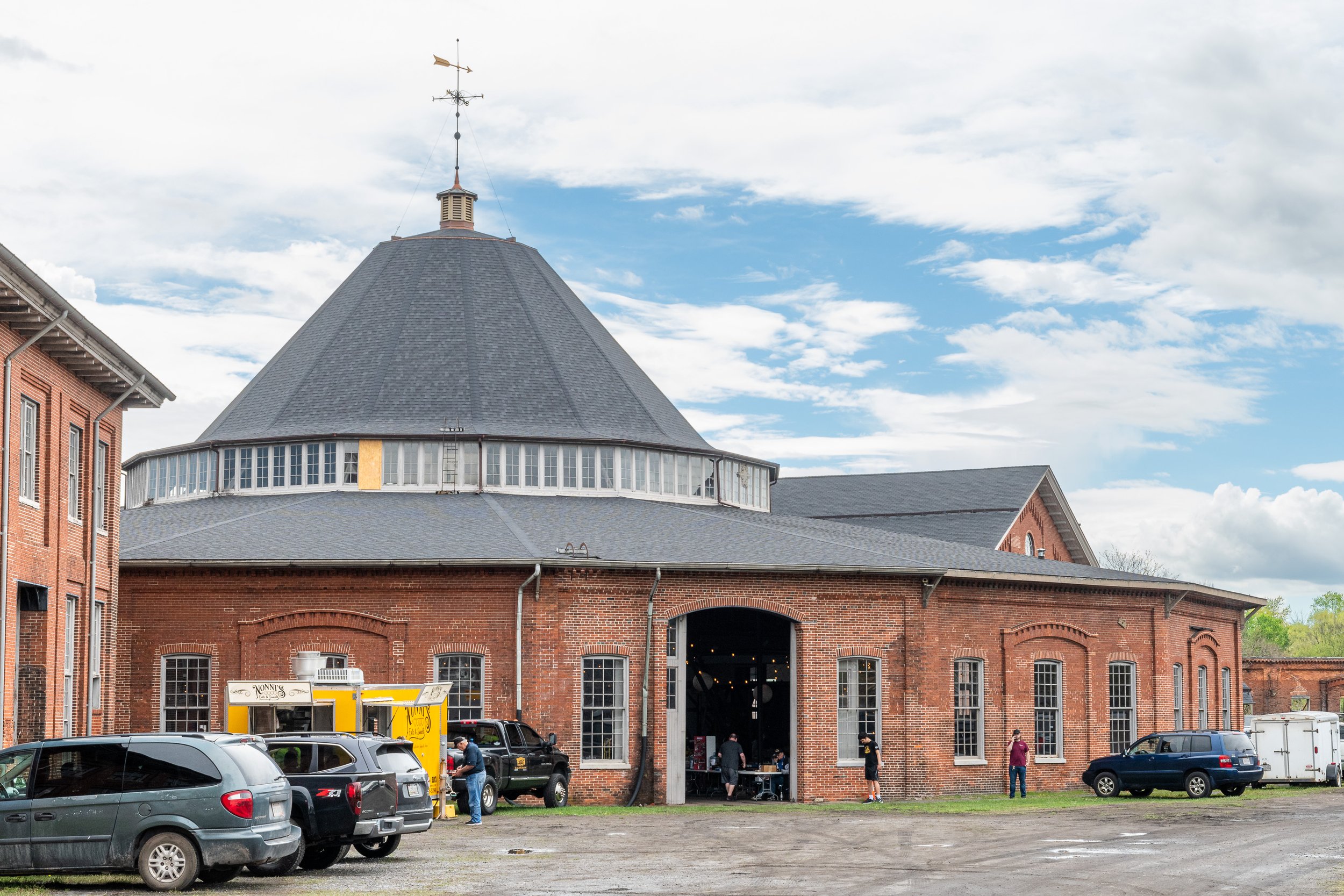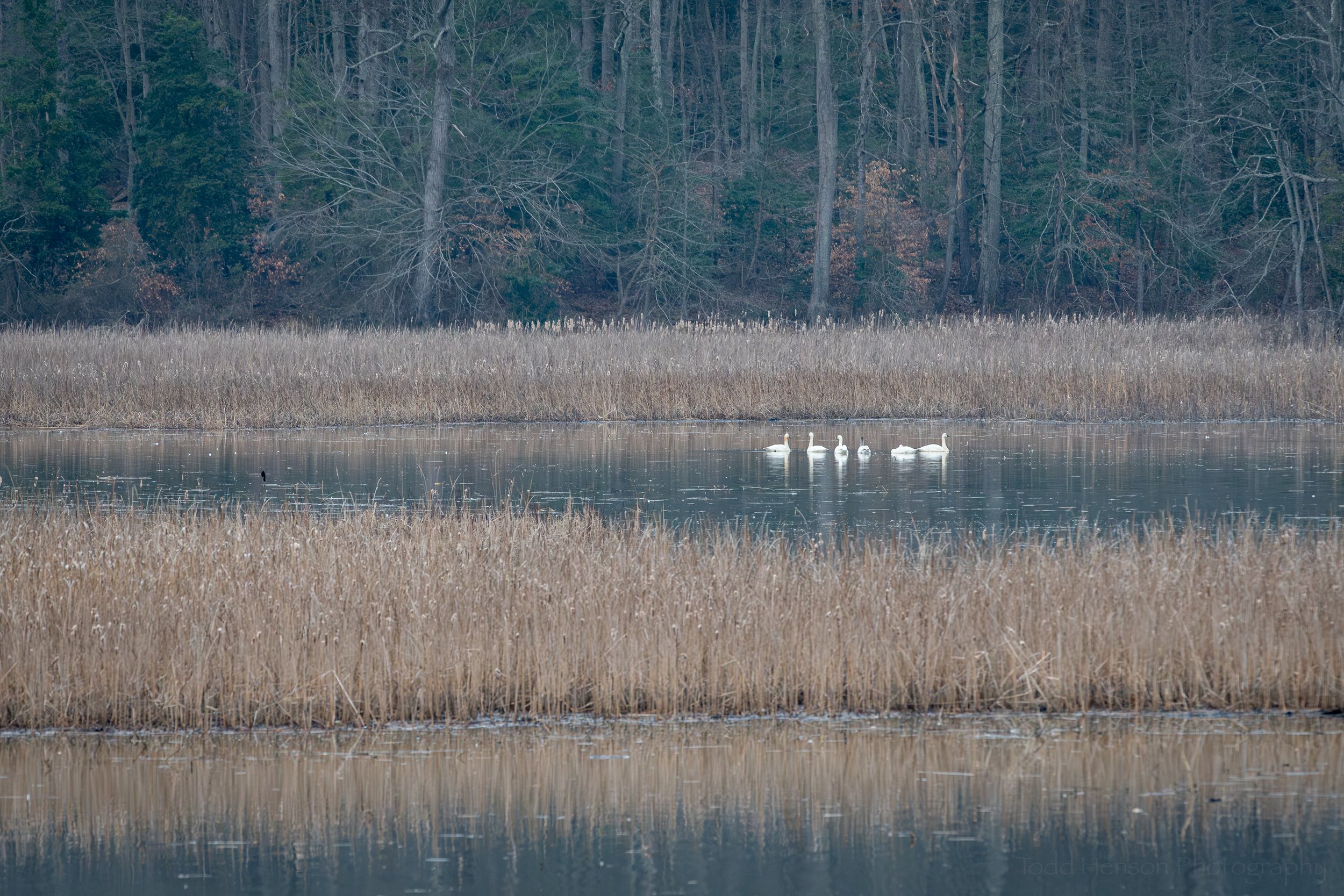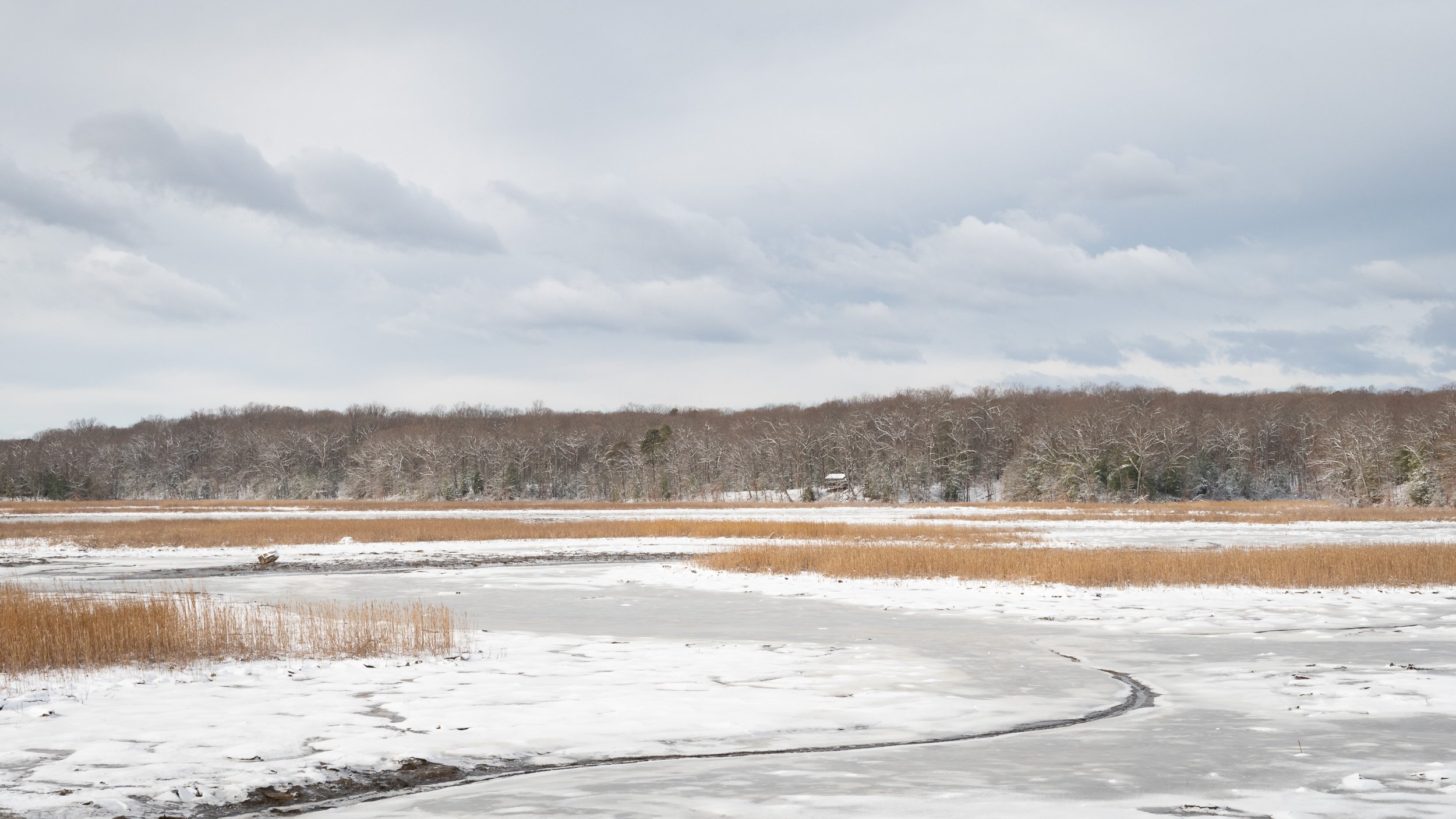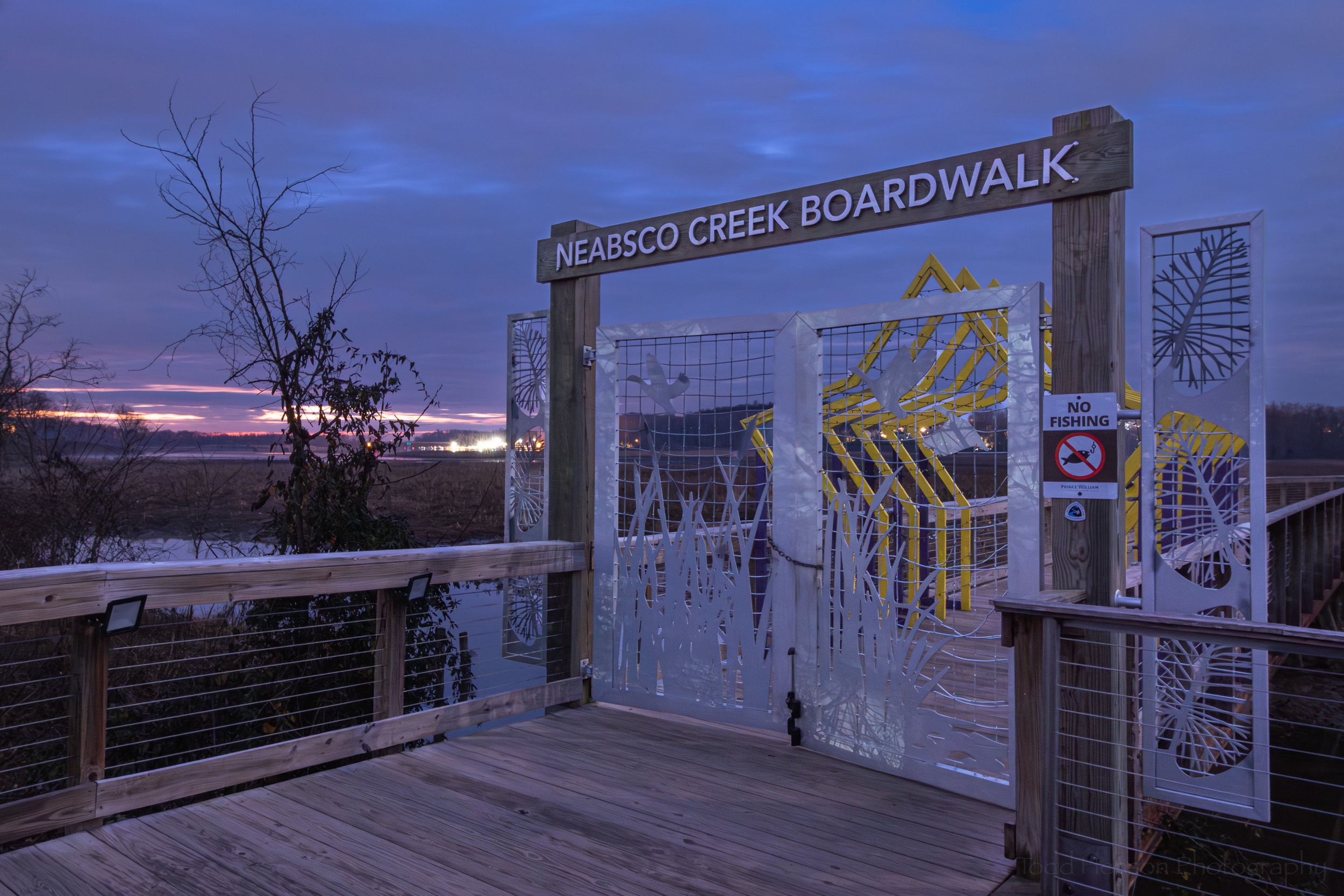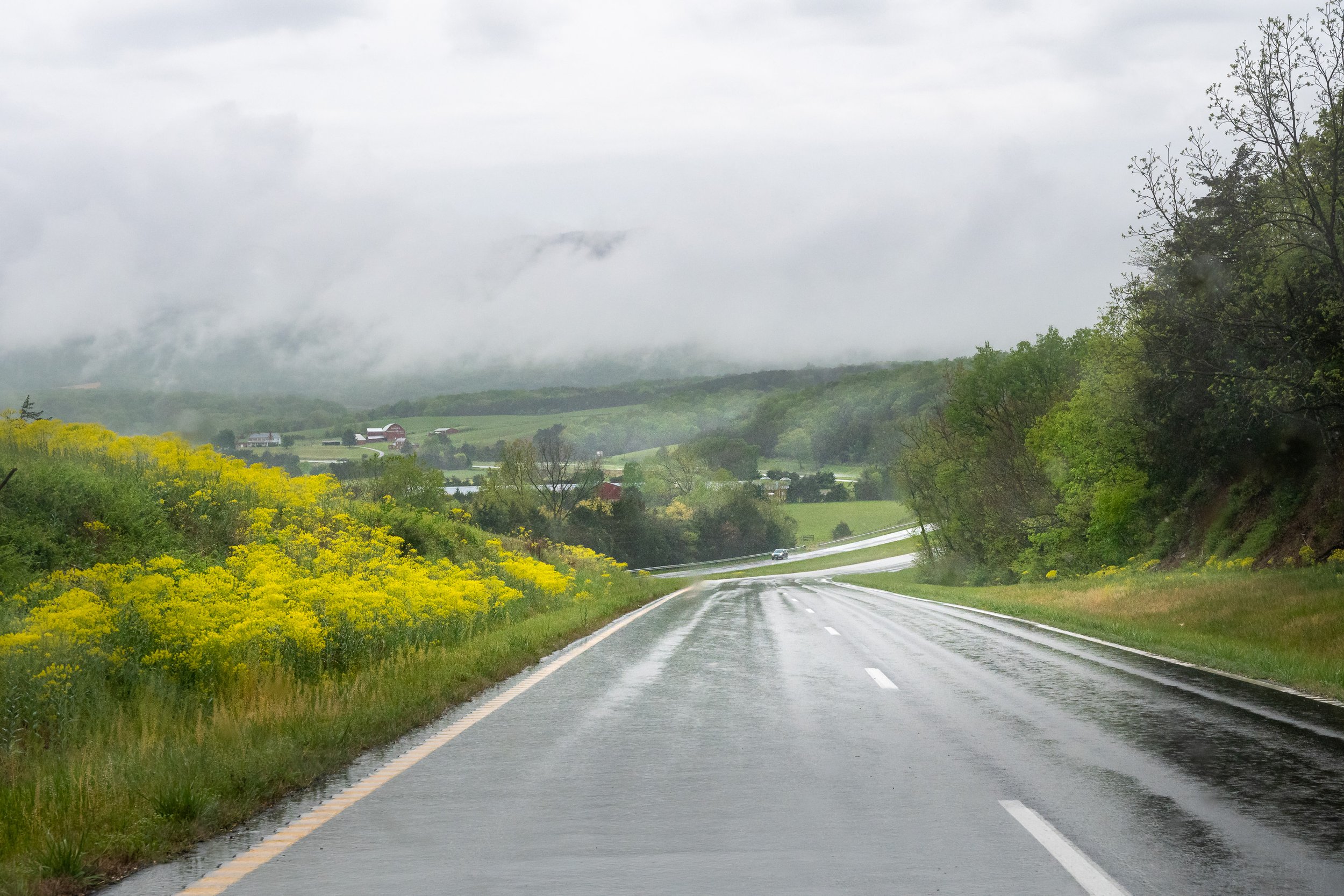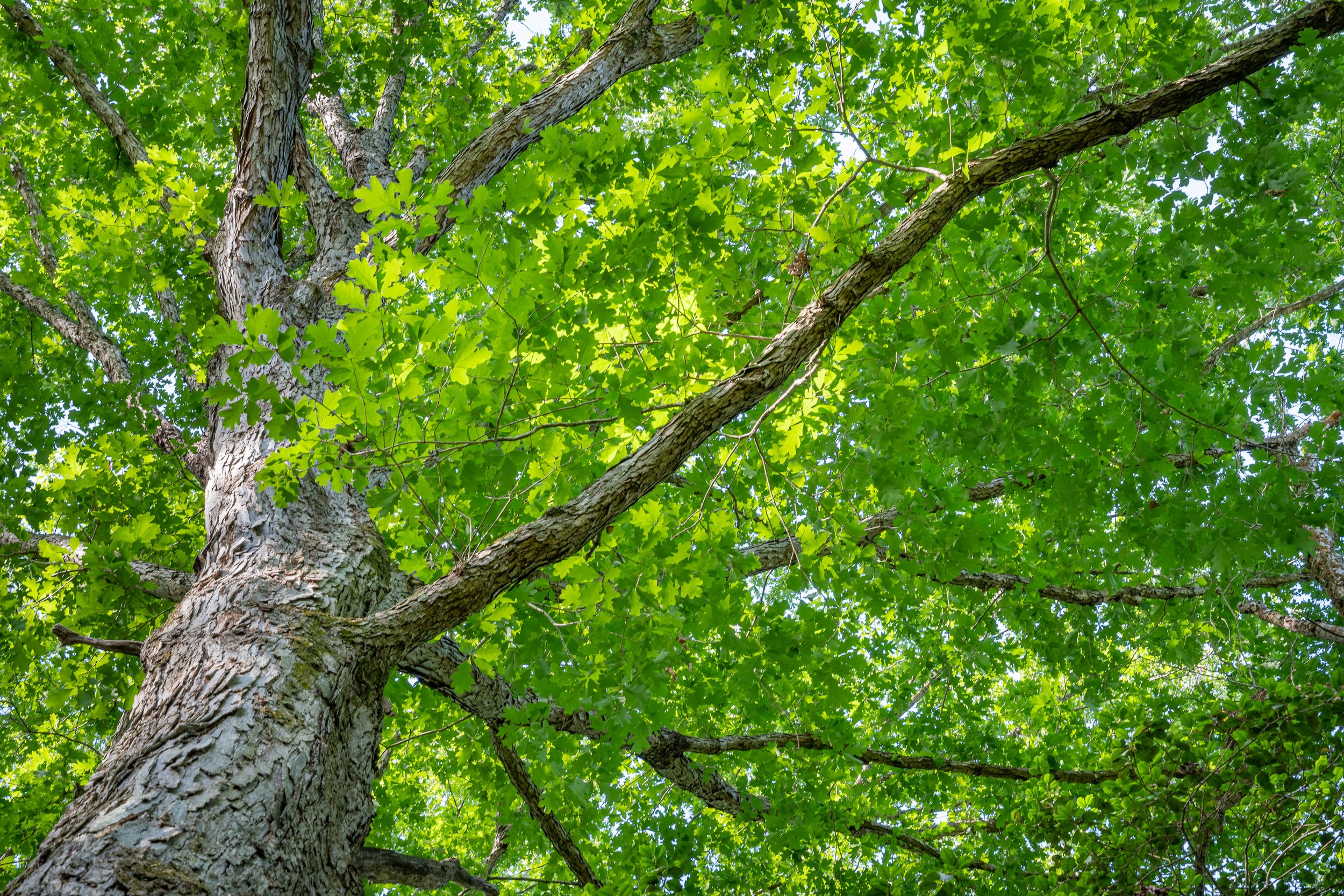All the flowers in this post were found while hiking the trails of Occoquan Bay National Wildlife Refuge, located in northern Prince William County, Virginia. This location contains a variety of terrain such as wetlands, fields, and forest, providing home to a large range of beautiful wildflowers. Most of the flowers are small and in small groupings and can be found along the edges of the different trails.
This initial grouping of flowers were all photographed on the same day in early June, but I hope to update this page over time adding new flowers found on the refuge.
Click on any of the photographs for a larger view.
American Water-willow
American Water-willow, Occoquan Bay National Wildlife Refuge, Early June 2019
American Water-willow, Occoquan Bay National Wildlife Refuge, Early June 2019
Bird’s Foot Trefoil
Bird’s Foot Trefoil, Occoquan Bay National Wildlife Refuge, Early June 2019
Carolina Horse Nettle
Carolina Horse Nettle, Occoquan Bay National Wildlife Refuge, Early June 2019
Carolina Horse Nettle (photobomb), Occoquan Bay National Wildlife Refuge, Early June 2019
Common Daylily
Common Daylily, Occoquan Bay National Wildlife Refuge, Early June 2019
Common Milkweed
Common Milkweed with a Monarch Butterfly, Occoquan Bay National Wildlife Refuge, Early June 2019
A Bumblebee on Common Milkweed, Occoquan Bay National Wildlife Refuge, Early June 2019
Common Yarrow
Common Yarrow, Occoquan Bay National Wildlife Refuge, Early June 2019
Crown Vetch
Crown Vetch Closeup, Occoquan Bay National Wildlife Refuge, Early June 2019
Crown Vetch, Occoquan Bay National Wildlife Refuge, Early June 2019
Cutleaf Evening-primrose
Cutleaf Evening-primrose growing close to the ground with groupings of both yellow and orange flowers, Occoquan Bay National Wildlife Refuge, Early June 2019
Cutleaf Evening-primrose growing close to the ground with groupings of both yellow and orange flowers, Occoquan Bay National Wildlife Refuge, Early June 2019
Deptford Pink
Deptford Pink, Occoquan Bay National Wildlife Refuge, Early June 2019
Hairy Skullcap
Hairy Skullcap, Occoquan Bay National Wildlife Refuge, Early June 2019
Hairy Skullcap, Occoquan Bay National Wildlife Refuge, Early June 2019
Oxeye Daisy
Oxeye Daisy Closeup, Occoquan Bay National Wildlife Refuge, Early June 2019
Oxeye Daisy, Occoquan Bay National Wildlife Refuge, Early June 2019
Sundrop
Sundrop, Occoquan Bay National Wildlife Refuge, Early June 2019
Sundrop, Occoquan Bay National Wildlife Refuge, Early June 2019
Virginia Rose
Virginia Rose, Occoquan Bay National Wildlife Refuge, Early June 2019
Virginia Rose, Occoquan Bay National Wildlife Refuge, Early June 2019
I hope you enjoyed this selection of flower photographs from Occoquan Bay National Wildlife Refuge. And I hope it encourages you to get out and hike your own local parks, keeping your eyes open for any wonderful wildflowers growing along the way.
Many thanks to Alexander S. Kunz for identifying the Cutleaf Evening-primrose. Please check out Alex’s website and weblogs for some beautiful photography and education about the nature and landscapes around Southern California.
Do you enjoy these posts?
Sign up to receive periodic emails with updates and thoughts. Don’t worry, I won’t spam you. And please consider purchasing artwork or products from my online store, and using my affiliate links in the sidebar to the right when shopping online.
I appreciate your support!

